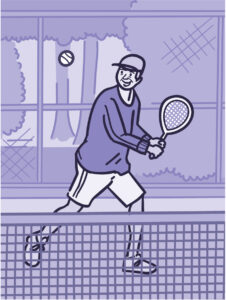Criteria for measuring Outcomes: The Patient
- Exhibits no evidence of physical injury
- Has not harmed self or others
- Is no longer exhibiting signs of physical agitation
- Eats a well-balanced diet with snacks to prevent weight loss and maintain nutritional status
- Verbalizes an accurate interpretation of the environment
- Verbalizes that hallucinatory activity has ceased and demonstrates no outward behavior indicating hallucinations
- Accepts responsibility for own behaviors
- Does not manipulate others for gratification of own needs
- Interacts appropriately with others
- Is able to fall asleep within 30 minutes of retiring
- Is able to sleep 6 to 8 hours per night
Planning Implementation
- Risk for Violence: Self-Directed or Other-Directed
- Remove all dangerous objects from the environment.
- Maintain a calm attitude.
- If restraint is deemed necessary, ensure that sufficient staff are available to assist.
- Impaired Social Interaction
-
- Set limits on manipulative behaviors.
- Do not argue, bargain, or try to reason with the client.
- Provide positive reinforcement.
- Imbalanced Nutrition: Less than Body Requirements / Insomnia
-
- Provide client with high-protein, high-calorie foods.
- Maintain an accurate record of intake, output, and calorie count.
- Monitor sleep patterns.
Patient and family Education
- Nature of the illness
- Causes of bipolar disorder
- Cyclic nature of the illness
- Symptoms of depression
- Symptoms of mania
- Management of the illness
- Medication management
- Assertive techniques
- Anger management
- Support services
- Crisis hotline
- Support groups
- Individual psychotherapy
- Legal/financial assistance
Evaluation
- Evaluation of the effectiveness of the nursing interventions is measured by fulfillment of the outcome criteria.
- Has the client avoided personal injury?
- Has violence to the client or others been prevented?
- Has agitation subsided?
- Have nutritional status and weight been stabilized?
- Have delusions and hallucinations ceased?
- Is the client able to make decisions about own self-care?
- Is behavior socially acceptable?
- Is the client able to sleep 6 to 8 hours per night and awaken feeling rested?
- Does the client understand the importance of maintenance medication therapy?




